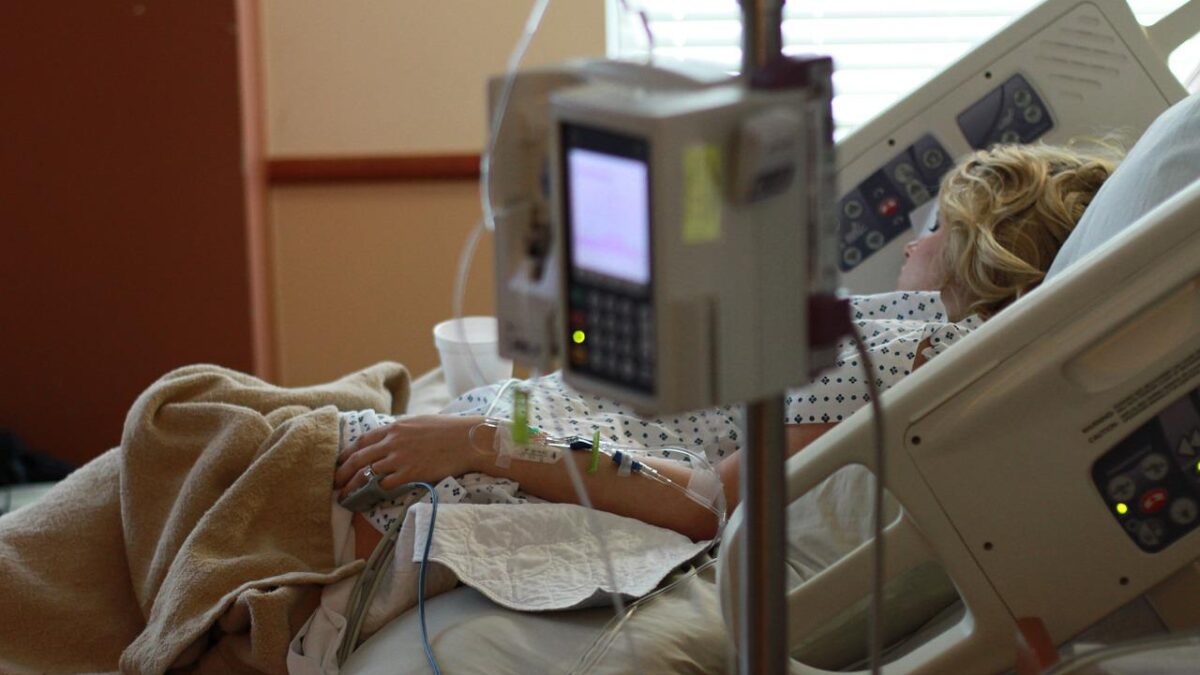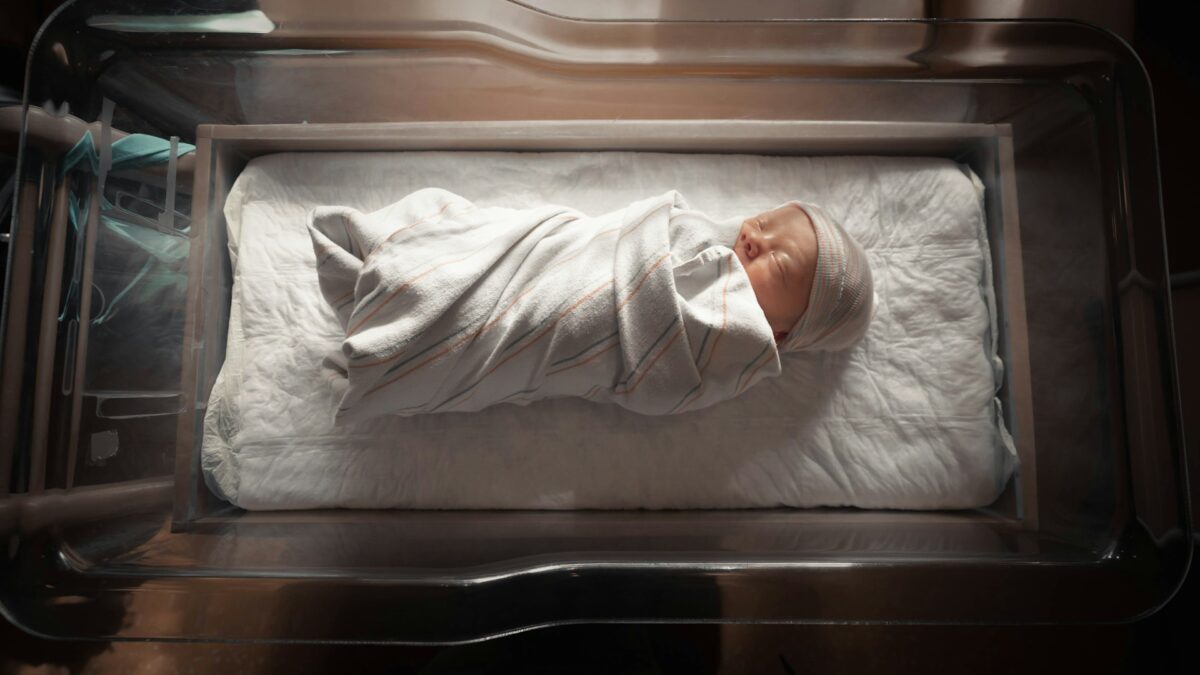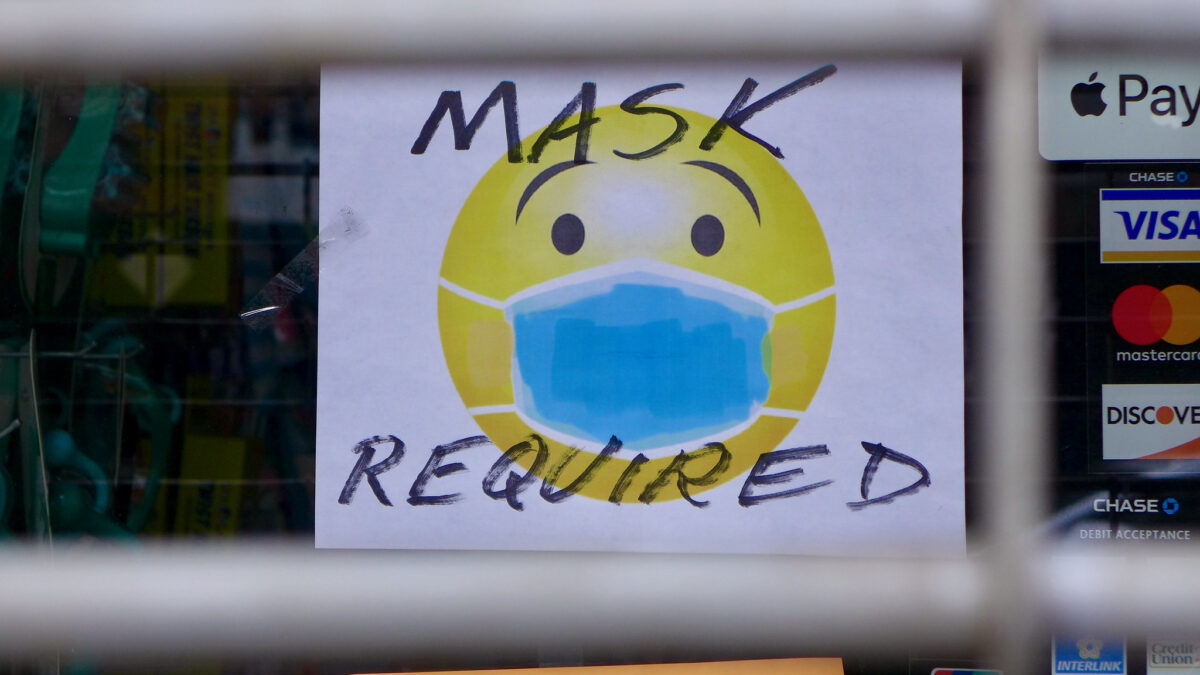At the end of February, the Centers for Disease Control released their 2020 maternal mortality data, and the results were sobering. The maternal mortality rate increased by a full 14 percent from 2019 to 2020, with 861 mothers losing their lives in 2020 alone.
A disproportionate number of those deaths, as in years past, were of black women. Predictably, media outlets like The New York Times have run away with the data, partly blaming — what else? — Covid for this increase, despite the fact that the CDC report says no such thing.
I have no doubt Covid was a cause (or related cause) of the tragic, untimely death of some pregnant women in 2020, especially if other comorbidities were present. All of us can surely recall seeing several such news stories. As someone who was pregnant for most of 2021, I found those stories especially tragic and disturbing.
But it is precisely because I was pregnant for most of 2021 that I’m aware of another factor that may have led to increased maternal mortality in 2020. This one has not been talked about nearly enough. That is the government and health-care system’s response to Covid.
We Already Know Covid Policies Caused Extra Deaths
“One insurance company has reported a 40 percent rise in death rates during the third quarter of 2021 compared to pre-pandemic rates, which is the highest rate the company has ever seen,” reports The Epoch Times.
Of course, not all of those deaths are due to Covid. As psychiatrist and bioethicist Dr. Aaron Kheriaty points out in the same article, drug overdose deaths skyrocketed during government-imposed lockdowns. A 2020 article from the Journal of the American Medical Association confirms that a third of the “excess deaths” reported between March 1 and Aug. 1 of that year were not related to Covid infection, but may have been caused by pandemic responses.
“Some people who never had the virus may have died because of disruptions caused by the pandemic,” noted Dr. Steven H. Woolf, lead author of the study. “These include people with acute emergencies, chronic diseases like diabetes that were not properly cared for, or emotional crises that led to overdoses or suicides.”
Further, the dire results of pandemic-related disruptions to routine health care (like cancer screenings) may have yet to be realized. Case in point: a 2020 study published in JCO Clinical Cancer Informatics noted that compared to data from early 2019, “cancer screenings [in early 2020] declined drastically, with breast cancer screenings dropping by −89.2% and colorectal cancer screenings by −84.5%.”
The study authors conclude that these trends “suggest a significant decrease in all cancer-related patient encounters as a result of the pandemic. The steep decreases in cancer screening and patients with a new incidence of cancer suggest the possibility of a future increase in patients with later-stage cancer being seen initially” (emphasis added).
‘Covid’ Care Failures Hurt Pregnant Moms, Too
To its credit, the NYT article admitted some of the 861 maternal deaths in 2020 reported by the CDC may be attributable to “pandemic-related disruptions.” This assuredly edges much closer to the full truth behind 2020’s maternal death increase.
Like other routine care, maternal care was also interrupted by our government’s response to Covid. Sadly, the most vulnerable among us are especially reaping what was sown by overzealous pandemic policies. Again, as someone who was pregnant for most of 2021, I know something about that.
My own encounter with “pandemic-related disruptions” to maternal care began when I initially found out I was pregnant early in 2021. I required confirmatory HCG and progesterone blood tests so my endocrinologist could ensure the levels of these (literally) vital hormones were rising appropriately.
Since I suffered a miscarriage and lower-than-ideal progesterone levels in the past, it was crucial for my provider to know the level of my progesterone as soon as possible, so she could prescribe supplemental progesterone if needed to support the pregnancy. When I called the local lab to schedule a blood draw, I was informed that I could not bring my older two children with me; it was against their Covid policy.
Like many mothers during this time, I did not have childcare I could summon at the drop of a hat, so I asked, “Well, what do you tell mothers who need labs drawn who do not have childcare?”
“Ummm, I don’t know,” was the reply. I hung up, frustrated and worried that this policy meant I couldn’t get the much-needed blood draw as soon as possible.
Fortunately, my husband was able to rearrange his work schedule a few days later so I could get an appointment while he watched our older children. But I wondered what would befall a similarly situated woman (and her unborn child) who could not make the childcare arrangements to get the necessary labs and treatment.
And it didn’t stop there.
Making Moms Pay Double to Get Health Care
For every prenatal lab or appointment during that pregnancy, I had to first secure childcare for my then 2- and 4-year-old, because the Covid policy banned children from care visits. Even a young mother with a relatively uncomplicated pregnancy can expect to attend a minimum of 10 appointments during her pregnancy. If you throw in any kind of complications or additional screenings, that number could very well double.
This meant that during my recent pregnancy, I paid a lot of money to babysitters to be able to get the care that I needed, to make sure my pregnancy was progressing as it should, and that there were no red flags providers routinely monitor that can spell trouble for moms and babies — things like high blood pressure, rapid weight gain, and increased heart rate. Appropriate monitoring of these complications can prevent many of the leading causes of maternal mortality in the United States. That, after all, is the reason for the repeated visits throughout a pregnancy: catching any of these issues as soon as possible can mean the difference between life and death for a mother and her baby.
Although it took a lot of logistical headaches (good childcare is hard to find during good times, and Covid made it almost impossible), I was immensely fortunate to at least be able to financially afford it — but I couldn’t help but wonder what would happen to the mother who couldn’t find or pay for childcare on such a frequent basis.
Would she simply have to miss appointments, which might result in critical red flags like elevated blood pressure, swelling, or sudden excessive weight gain being missed? Undoubtedly this was the case for at least some mothers during the lockdowns, especially for those without a strong social support system. And for the mother who goes into delivery with elevated blood pressure that should have been caught during a routine prenatal appointment, that could mean death.
I Watched a Mother Get Turned Away for Care
As it happens, I didn’t have to wonder what would happen to a woman who couldn’t arrange childcare prior to her appointment: I saw it happen before my very own eyes. I watched a newly pregnant mother get turned away for care at what was supposed to be her intake appointment, simply because she had dared to bring her two young children with her to the office.
The unsympathetic woman behind the desk informed the young mother, “You should have been told when you booked the appointment that no older children could come with you.”
Now at the end of my pregnancy, I had had enough, and so had another new mom in the waiting room with me. We both spoke up, saying this policy was making it impossible for moms to get health care.
When our entreaties fell on deaf ears, we told the young mother we would be happy to sit there in the waiting room and watch her children, so she could get to her appointment. Alas, another inane Covid policy prevented this: no one but patients were allowed in the waiting room.
Oh, husbands or partners could sit in their cars and be “buzzed in” for appointments once a woman was back in a clinic room, but children were personae non gratae in the doctor’s office. Eventually, the flustered young mom called her husband from work to come and get their kids. What, I wondered, would a single mother have done?
With the 2020 CDC report in hand, I don’t think we have to wonder what happened to those women: they fell through the cracks even further than usual, and their children did, too.








